Stump the Dump with Ubico Studio
Terminology in any field can be nebulous at best, with popular words like “recycled” being thrown around carelessly. That’s why I have to exercise a large measure of skepticism when I read about a company’s “green” practices. Reading the fine print becomes a job requirement. In the end, we have to suspend our disbelief and trust that what a manufacturer says about its construction process is true. But a good key is found in the details: when a company specifies where it gets its material, how it procures it, and why it does so, then my doubt lessens.
Stump.
Ubico Studio in Tel Aviv gets particular: “Our materials come from dumpsters, renovations works and the streets of Tel Aviv. Our work is about urban gathering and reclaiming.” That’s not all. The story behind their Stump Series is rather more precise: “Stump Series started in the industrial garbage cans in the area near our factory. Small pieces of hardwood are thrown from carpentries in the area in large quantities. Through the series development it became clear that we can reduce costs and become socially involved through passing some of the production to a factory which employs disabled people.” Who can resist Israeli dumpsters overflowing with little blocks of wood like so much metropolitan flotsam and jetsam?
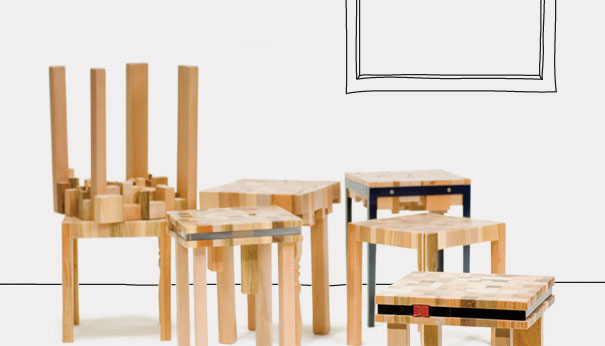
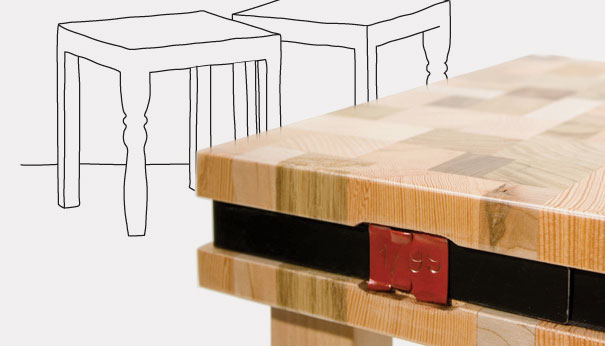
The Stump Series includes the Oli Stool/Side Table and the Dodo Side Table, both constructed from those discarded wood scraps. Oli uses wood pieces that are cut into cubes and includes a recycled steel band that encircles the stool’s sides in its own groove. Dodo features an odd leg, which is processed on a lathe, after being glued together from various wood types. Both pieces measure 30 l x 30 w x 34 h in centimeters. Industrial designer Ori Ben-Zvi founded Ubico Studio in 2008, with a conscious desire to use only discarded stuff as his building blocks. Ubico’s website uses small icons—a trash can (very much like Oscar the Grouch’s), a cog, and a cargo hook—to indicate whether the raw materials are urban waste, industrial waste, or material from waste disposal centers (and these are specified by name). Like Eric Johnston’s wall sculptures, which are constructed from wood found in Brooklyn dumpsters, and RAW rugs, which are made from carpet scraps, Stump Series puzzles together something beautiful out of discordant pieces.
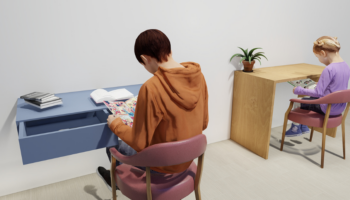
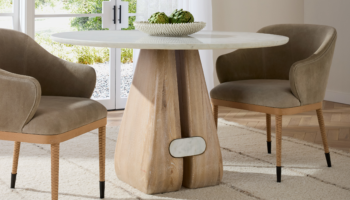
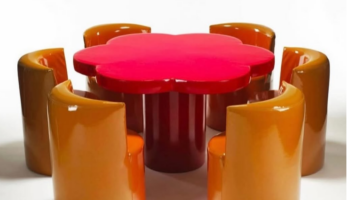

Leave a Reply